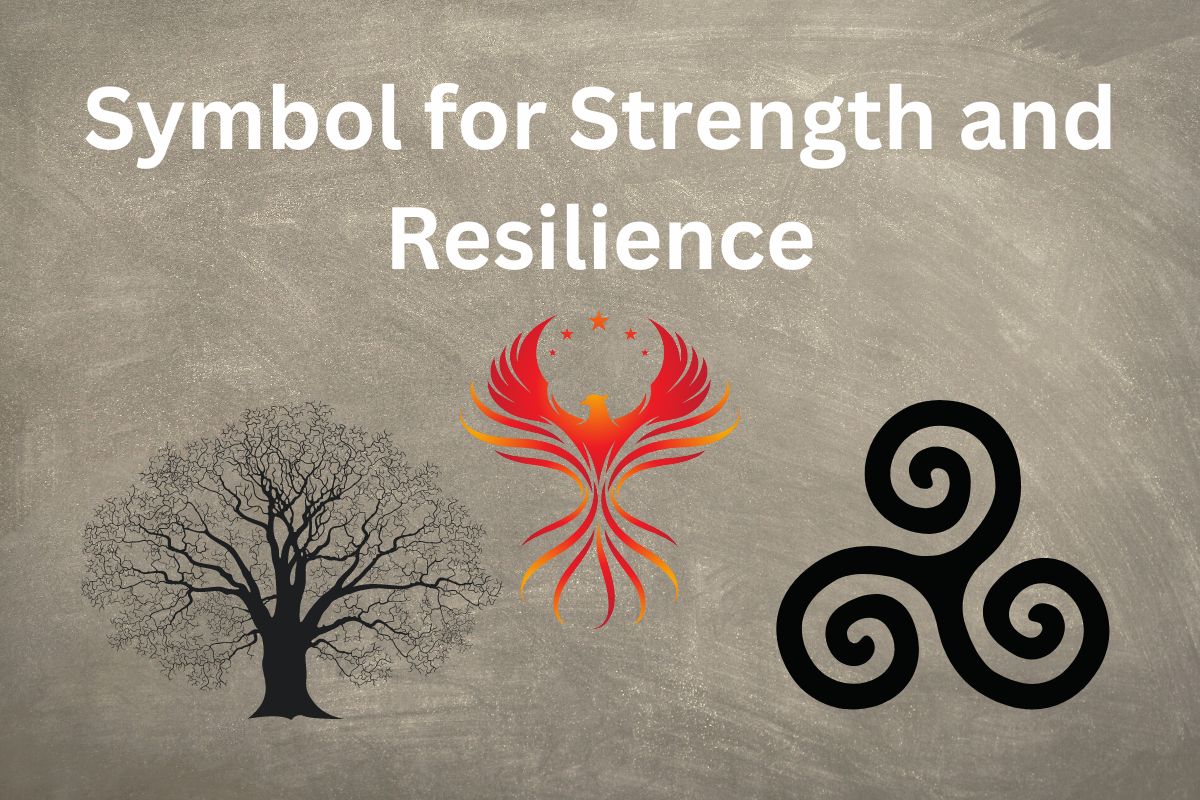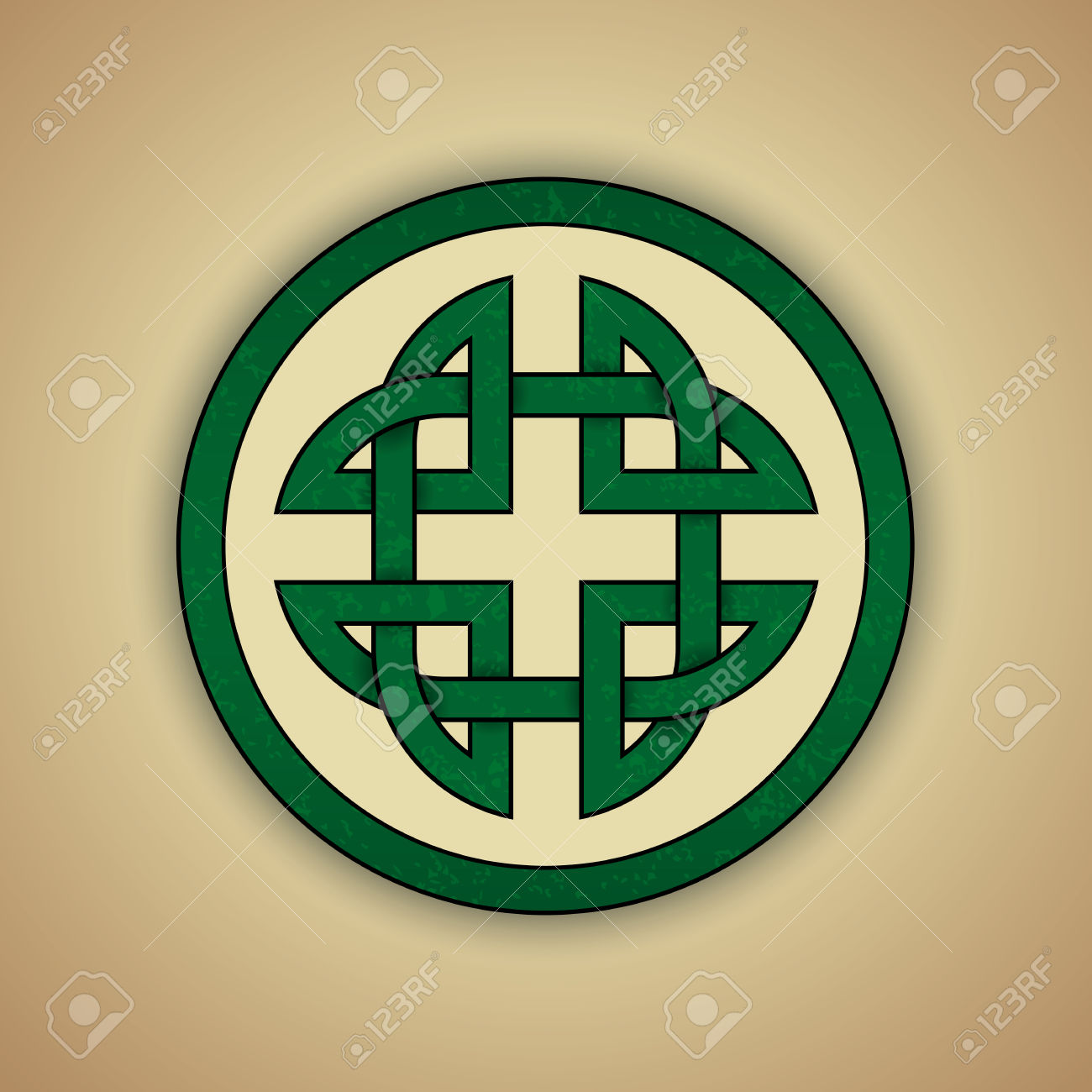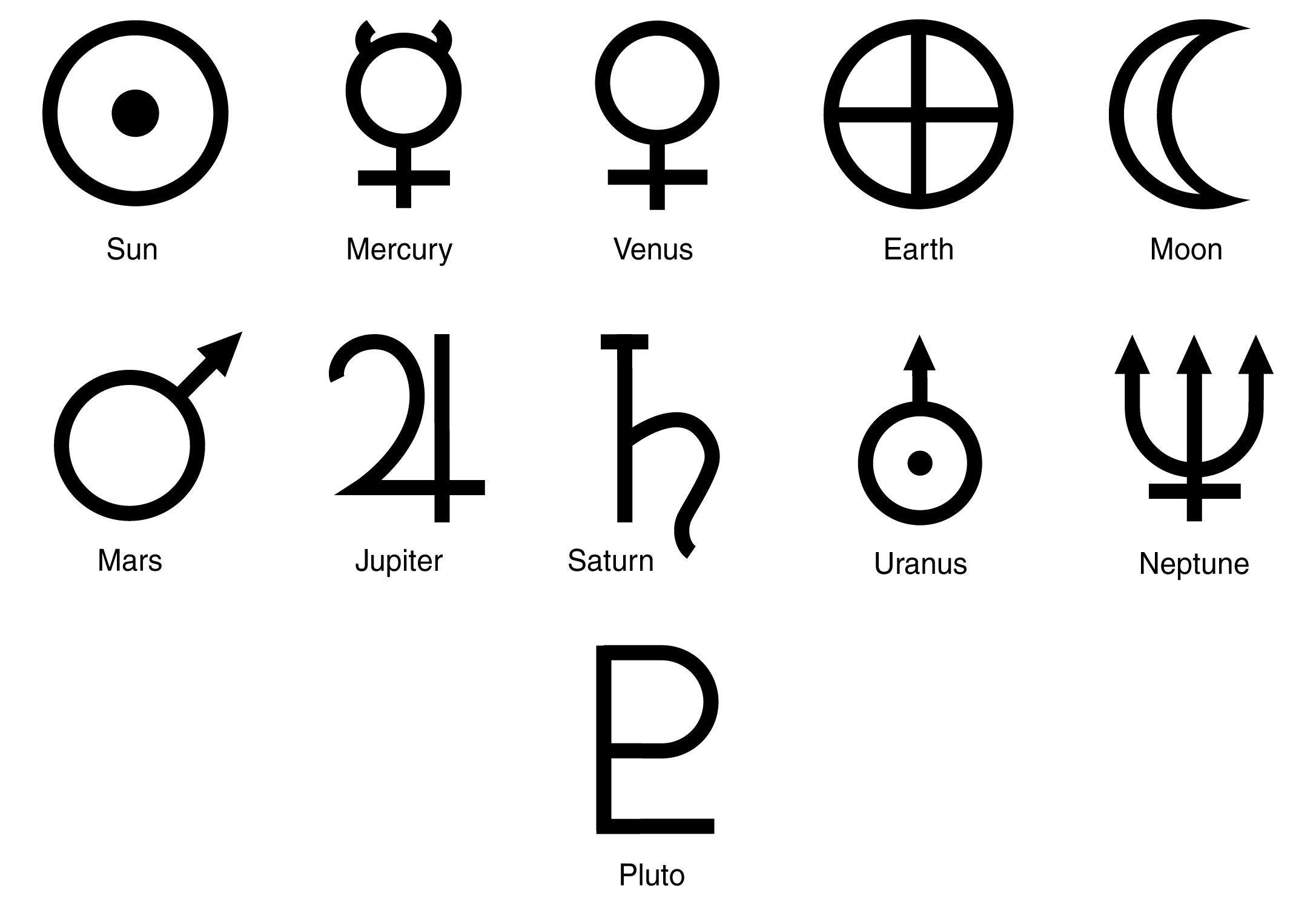Uncovering The Enduring **Symbol For Strength** Through Time
There's something truly fascinating about how humans have always looked for ways to represent big ideas, especially when it comes to something as powerful as strength. Think about it, for countless generations, people have found comfort, inspiration, and even protection in various images and designs. These visual cues, you know, they really speak to us on a deeper level, often reflecting the very core of what it means to be resilient or to stand firm against challenges. It's a bit like a secret language, one that tells tales of courage and perseverance without saying a single word.
From the earliest human societies, the idea of strength, the capacity to exert great force or, perhaps, to resist it, has been a concept everyone understood. People needed ways to show this, to carry it with them, or to pass it down through stories and art. So, they created symbols, images that held deep meaning and helped them connect with something bigger than themselves. These symbols weren't just pretty pictures; they were, in a way, powerful reminders of what people could achieve or endure.
This article will take a closer look at what makes a symbol a true emblem of strength, exploring how different cultures have interpreted this idea over the ages. We'll consider some ancient designs, see how symbols protect us, and even touch on how they show up in our modern lives, too it's almost everywhere if you look closely. You might just find a new appreciation for the silent power these images hold, and maybe even discover a symbol that resonates with your own inner fortitude.
Table of Contents
- Ancient Roots of Strength Symbols
- Symbols of Inner Fortitude and Resilience
- The Strength of Protection and Meaning
- Symbols in Modern Contexts and Digital Worlds
- Frequently Asked Questions About Symbols of Strength
- Finding Your Own Emblem of Strength
Ancient Roots of Strength Symbols
For a very long time, people have been creating and cherishing symbols that represent strength and power. These images often came from observations of the natural world, like mighty animals or resilient plants, or from abstract ideas about human spirit and divine influence. It's quite interesting how these concepts, you know, just sort of took shape in visual form, becoming something tangible that people could look at and feel inspired by. So, in many ancient societies, these symbols were not just decorations; they were, in fact, central to their beliefs and daily lives.
The Primordial Quest for Power
The idea of strength and power has been a basic concept in various human societies from the very beginning. People needed to understand and express the capacity to exert great force or to resist it, for survival and for building their communities. This quest for understanding, you know, naturally led to the creation of visual representations. Think about the earliest cave paintings or carvings; many of them depict animals known for their might, like bulls or lions, which were, in a way, early symbols of raw power. These images were, perhaps, meant to transfer some of that animal's strength to the hunter or the tribe, or just to honor its formidable nature. It's a pretty universal human desire, to connect with and embody strength, isn't it?
Celtic and Chinese Wisdom
When we look at different cultures, we see a rich tapestry of symbols for strength. For instance, many guides to Celtic symbols and meanings talk about designs that are, quite honestly, modern inventions. But if you look at the truly ancient Celtic designs, you'll find intricate knots and spirals that, in a way, speak of interconnectedness and enduring spirit, which is a kind of strength in itself. These patterns often have no clear beginning or end, suggesting eternity and resilience, something that just keeps going, you know? Similarly, Chinese culture has a vast array of symbols and idioms that reflect resilience, courage, and determination. You can explore, for instance, fifty Chinese symbols and idioms that specifically speak to strength and power in their language and culture. These aren't just pretty characters; they are, in fact, condensed wisdom, offering insights into how a society values fortitude. It's really quite amazing how different cultures arrive at similar core ideas, isn't it?
Symbols of Inner Fortitude and Resilience
Beyond physical might, symbols often represent a deeper, more personal kind of strength—the strength of spirit, resilience in the face of hardship, and the courage to keep going. These are the symbols that, in a way, speak to our inner world, offering comfort and inspiration when things get tough. It's a pretty important aspect of human experience, finding that inner grit, and symbols can really help us connect with it. So, these aren't just about showing off; they're about surviving and thriving.
Healing and Empowerment Through Symbols
The idea that symbols can heal, empower, and guide us through life's toughest challenges is a very old one, drawing on ancient wisdom. Many people believe that certain images can help us find our inner reserves of strength, offering a sense of peace or determination when we feel lost. For example, some symbols are thought to provide comfort during times of grief or stress, acting as a visual anchor for our emotions. It's almost like they channel a kind of positive energy, helping us to feel more capable and in control. This isn't just about superstition; it's about the psychological impact of belief and focus, which is, in a way, a very real form of strength. So, whether it's a personal talisman or a widely recognized emblem, these symbols can truly make a difference in how we feel and act.
The Elder Sign and Other Mystical Protections
In the realm of storytelling and folklore, symbols often take on powerful protective roles, representing a kind of strength that wards off evil or misfortune. If you're familiar with the Lovecraft wikia, you might have noticed symbols like the Yellow Sign or the Elder Sign, which denote different circles of canon. The Elder Sign, for instance, is often depicted as a protective symbol, something that can keep cosmic horrors at bay. While these are fictional, they show how deeply ingrained the idea of a symbol's protective power is in our collective imagination. People have, for centuries, believed in the power of certain marks or objects to shield them from harm, which is, in a way, a testament to the strength of belief itself. This kind of symbolic protection offers a sense of security, allowing people to face fears with a bit more courage, and that's a pretty strong feeling to have.
The Strength of Protection and Meaning
Symbols don't just represent personal fortitude; they can also embody a collective strength, particularly when it comes to protection and shared understanding. The meaning behind a symbol can be so precise and so widely accepted that it actually has real-world consequences, safeguarding individuals or ensuring clear communication. It's really quite remarkable how a simple image can carry so much weight, isn't it? So, the strength of a symbol can lie not just in its appearance, but in the universal agreement about what it stands for.
Safeguarding Lives with a Symbol
Perhaps one of the most powerful examples of a symbol's strength lies in its ability to protect lives, especially in very dangerous situations. Consider the cross, for instance, used as a symbol by organizations like the Red Cross. This symbol needs to be protected because, for example, people using that symbol in war zones need to have their safety ensured, as much as possible in those situations. If someone bought a jacket with the cross on it as a logo, then went into armed combat, that would obviously contravene the Geneva Convention. This shows how a symbol, when recognized universally, carries a kind of protective power, demanding respect and neutrality. It's a pretty serious matter, the integrity of such a symbol, because lives quite literally depend on its meaning being upheld. The strength here is in its internationally recognized authority, which is, in a way, a huge achievement for humanity.
Precision in Symbols: From Math to Code
The strength of a symbol can also come from its absolute precision and clarity, particularly in fields like mathematics and computer science. For instance, in mathematics, the symbol ≅ is used for isomorphism of objects of a category, and in particular for isomorphism of categories. The symbol ≃ is used for equivalence of categories. At least, this is the convention used in some books and by most category theorists, although it is far from universal in mathematics at large. Then there's the ∈ symbol, which means "is an element of" in set theory. These symbols carry exact meanings, allowing for clear and unambiguous communication, which is a form of intellectual strength. In the world of coding, too it's almost the same, ascii isn't the richest glyph set, and coders needed something. But why settle on the symbol that means in prose the exact opposite of what it means in code? This highlights the importance of precise symbolic meaning, even when it can be a bit confusing. You know, getting "unresolved external symbol __imp__" linker errors when using standard library components is a common problem, showing how critical accurate symbolic references are in programming. These technical symbols, while not emotional, embody the strength of logic and exactness.
Symbols in Modern Contexts and Digital Worlds
Even in our very modern world, with all its digital advancements, the human need for symbols of strength hasn't gone away. We see them in unexpected places, from the virtual worlds of video games to the personalized expressions we use online. These contemporary uses show that the underlying desire to represent and connect with power, resilience, and identity is still very much alive. It's a pretty cool evolution, how these ancient concepts find new forms, isn't it? So, whether it's pixelated or perfectly rendered, a symbol still carries weight.
Gaming and the Power of Virtual Items
In video games, symbols often take the form of items or effects that grant characters a distinct kind of strength or advantage. Think about games like Dark Souls, for instance. You might farm the Anor Londo bonfire with a "Symbol of Avarice," a "Gold Covetous Serpent Ring," and a "Crystal Sage's Rapier" as an equipped sidearm to get extra items. These aren't just random objects; they are symbols within the game's lore that enhance your character's abilities, giving them a tangible boost in power or luck. Doing it with the "Darkmoon Covenant" equipped for extra chances at an item, or even respeccing to have more luck, are all about optimizing your character's symbolic advantages. These virtual symbols, you know, represent a player's strategic strength and their ability to overcome challenges within the game world. It's a pretty direct translation of the idea of a symbol granting power, just in a digital space.
Personal Connection and the Quest for Your Own Symbol
Beyond the grand historical or cultural symbols, many people seek out a personal symbol for strength, something that resonates deeply with their own experiences and challenges. This could be anything from an animal totem to an abstract design that just feels right. It's a bit like finding a personal anchor, a visual reminder of your own inner resilience. You might, for example, try to figure out how to put a special symbol into Minecraft sign text, like the § codes for different colors, even though it can be frustrating. This desire to personalize and utilize symbols, even in a game, shows a very human need to express and embody meaning. The love for these unique symbols, whether they are ancient or newly discovered, highlights how important it is to have something that represents your own journey and fortitude. So, the quest for a symbol of strength is, in a way, a very personal and ongoing adventure.
Frequently Asked Questions About Symbols of Strength
Here are some common questions people often have about symbols and their connection to strength:
What are some common ancient symbols of strength?
Many ancient cultures looked to animals like lions, eagles, or bears for symbols of physical strength and courage. Others used abstract designs like certain knots, spirals, or geometric shapes to represent enduring spirit, resilience, or divine power. For example, some ancient Celtic designs convey a sense of timelessness and interconnectedness, which is a kind of inherent strength. Similarly, various Chinese characters and idioms embody ideas of determination and fortitude.
Can symbols really provide strength or protection?
While a symbol itself doesn't possess magical properties, its power comes from the meaning and belief that people invest in it. A symbol can serve as a powerful psychological anchor, reminding individuals of their inner resources, inspiring courage, or providing comfort during difficult times. In a collective sense, symbols like the Red Cross, for instance, are recognized internationally to provide protection and neutrality, showing how shared understanding of a symbol can have very real, life-saving effects.
How can I find a personal symbol of strength for myself?
Finding a personal symbol often involves looking inward and reflecting on what truly resonates with you. Consider things that inspire you, aspects of nature that you admire, or historical figures whose resilience you respect. It could be an animal, a plant, a color, a geometric shape, or even a simple line drawing. The key is that the symbol holds deep personal meaning for you, serving as a constant reminder of your own capacity for strength and perseverance. You might also explore different cultural symbols and see if any of their ancient meanings connect with your own experiences.
Finding Your Own Emblem of Strength
As we've explored, the idea of a symbol for strength is a deeply rooted human concept, appearing in countless forms across cultures and throughout history. From the ancient designs that inspired our ancestors to the precise symbols that govern our digital world, these images carry immense meaning and impact. They serve as reminders, as protectors, and as sources of personal empowerment. It's a pretty universal language, this symbolic one, speaking to the core of our resilience. So, whether you are drawn to the powerful imagery of a lion, the enduring pattern of a Celtic knot, or even a specific item in a video game, these symbols highlight meaningful ways to heal, empower, and guide us through life’s toughest challenges with ancient wisdom.
Perhaps, you know, it's time to consider what symbol truly represents strength for you. What image or idea helps you feel grounded, capable, and ready to face whatever comes next? Finding that personal emblem can be a really powerful step towards embracing your own fortitude. To learn more about ancient symbols and their meanings, you can explore our site. And if you're curious about how symbols impact our daily lives, you might want to check out this page on the cultural significance of various emblems. You can also discover more about the historical context of these powerful images by visiting resources like Britannica's entry on symbols.

Symbol For Strength And Resilience - SymbolScholar

Symbol for Strength - Fotolip

Symbol for Strength - Fotolip